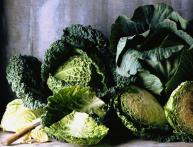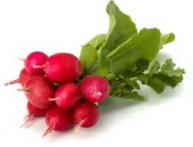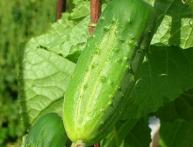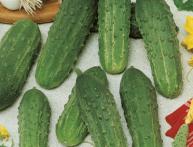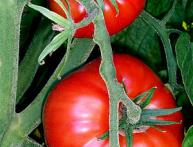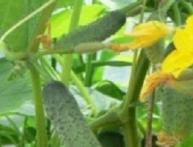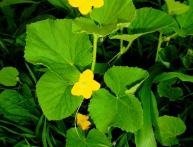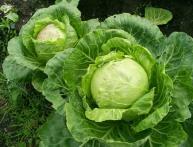Potato Daphne
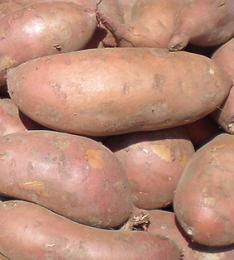
Potatoes have been one of the most valuable food products for many years; today we cannot imagine our existence without them. It is not for nothing that the name “second bread” is firmly attached to potatoes. Cooks all over the world know thousands of recipes for delicious dishes made from this vegetable.
The South American Cordillera is considered the birthplace of potatoes; scientists are inclined to believe that the Indians grew small tubers in the mountains; they bear little resemblance to modern potato crops, which produce a rich harvest.
This vegetable can be safely included in medical reference books, as it has a number of healing properties. For example, young tubers contain on average up to 20 mg of ascorbic acid, although during storage the beneficial properties gradually disappear.
Summer residents and gardeners should be aware that potatoes are susceptible to various diseases that significantly reduce their yield. Therefore, it is advisable to use seed potatoes Daphne, Udacha, Napala, Aurora, Zhukovsky early and other varieties that are unpretentious and produce a good harvest. The size of the harvest depends on the quality of seed potatoes. When this crop is propagated vegetatively, pathogens accumulate in the soil over time, which lead to a decrease in yield and degeneration of the variety. Daphne seed potatoes are resistant to diseases and, with proper care, guarantee a high yield.
The main rules for growing potatoes:
• correct selection of varieties;
• compliance with crop rotation;
• pre-treatment of tubers with potassium permanganate or copper sulfate before planting;
• soil fertilization;
• protecting potatoes from pests and diseases using chemical treatment;
• timely harvesting.

